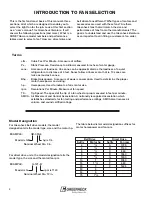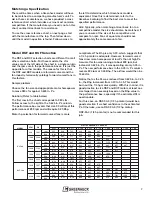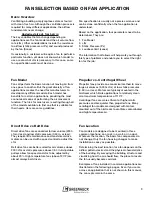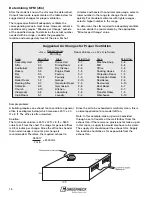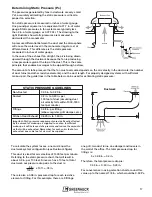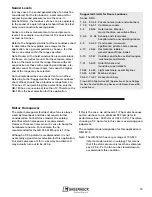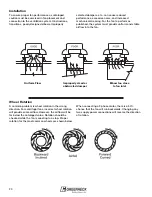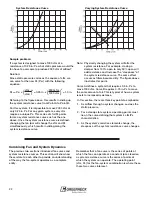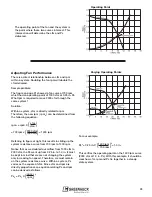
Commercial Kitchen Ventilation
Fan Sizing
Exhaust
When not specified by local codes, the following guidelines may be used
to determine the minimum kitchen hood exhaust cfm. Some local codes
require 100 cfm/ft.
2
of hood area for wall style hoods.
Supply
Recommended supply airflow is 90% of
exhaust cfm. The remaining 10% of
supply air will be drawn from areas
adjacent to the kitchen, which helps
prevent undesirable kitchen odors from
drifting into areas such as the dining
room.
Type of Cooking Equipment
cfm/ft.
2
of Hood
Light Duty
Oven, Range, Kettle
50
Medium Duty
Fryer, Griddle
75
Heavy Duty
Charbroiler, Electric Broiler
100
Static pressure typically ranges from .625 in. to 1.0 in. for 1 story buildings.
NFPA Considerations
The National Fire Protection Association specifies
minimum distance criteria for restaurant exhaust and
supply fans as shown below:
10 ft. Horizontal Separation
1. Roof deck to top of exhaust fan windband - 40 in. min.
2. Roof deck to top of curb - 18 in. min.
3. Supply fan intake - 10 ft. min. from all exhaust fans.
3 ft. Horizontal Separation
For applications where the 10 ft. horizontal distance
cannot be met, vertical separation between exhaust and
supply must be at least 3 feet.
This drawing shows a commercial kitchen with a typical
kitchen ventilation system consisting of a roof mounted
CUBE upblast exhaust fan and a Model RSF supply fan.
Exhaust fan variations include the model CWB sidewall
exhaust fan (also shown) when penetrating the roof is not
practical. The Model SWB utility blower is recommended
when higher static pressure capability is required to pull
exhaust through long duct runs (typically 3 stories or
more).
11




